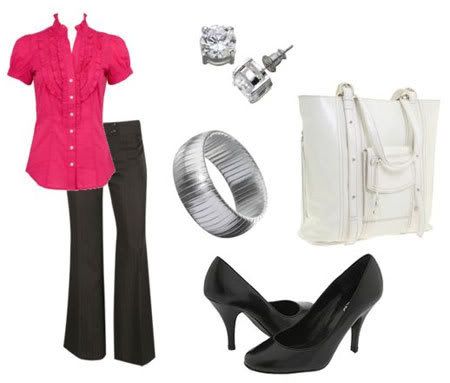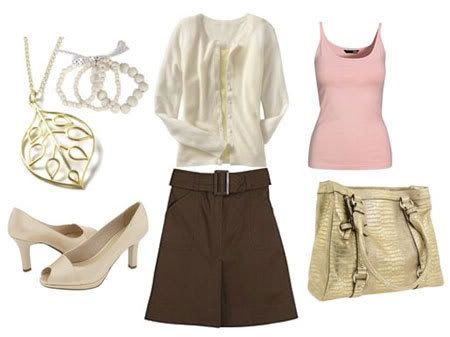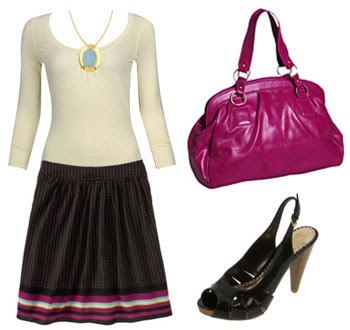Getting dressed for work is a lot different than getting dressed for every day. As opposed to when you’re dressing to go out with friends, the goal of dressing for the office is to blend in with what everyone else is wearing. It’s not so much about your personal style as it is about representing your company in a positive way. You can still incorporate your personal style into outfits, just make sure your clothes fit with your workplace.
So how can you tell ahead of time what the rest of the workplace will be wearing? Simple, think about your interview. What was the hiring manager wearing? Did you interview at the office? If so, what were other employees wearing? Take that information and dress to the same level of formality.
Business Casual Work OutfitsBusiness casual is tricky - there are no set guidelines to this dress code, which I know is really frustrating and annoying to most people (myself included). In general, however, business casual can be understood as a slightly less formal version of professional dress.
For example, in a business casual office you can wear dress pants and a nice top, as opposed to being required to wear a full-on suit. It’s still formal, but a little less restricted.
Here are some sample business casual outfits:


Casual Work Outfits
If the dress code at your workplace is casual, that doesn’t necessarily mean you should break out your tank tops, flip flops and mini skirts! With a casual dress code, you can wear denim, flats, and skirts without pantyhose, but don’t think that all the rules go out the window. You still need to keep your look classy and polished if you want to be taken seriously on the job.
Here are some sample casual work outfits:



No comments:
Post a Comment